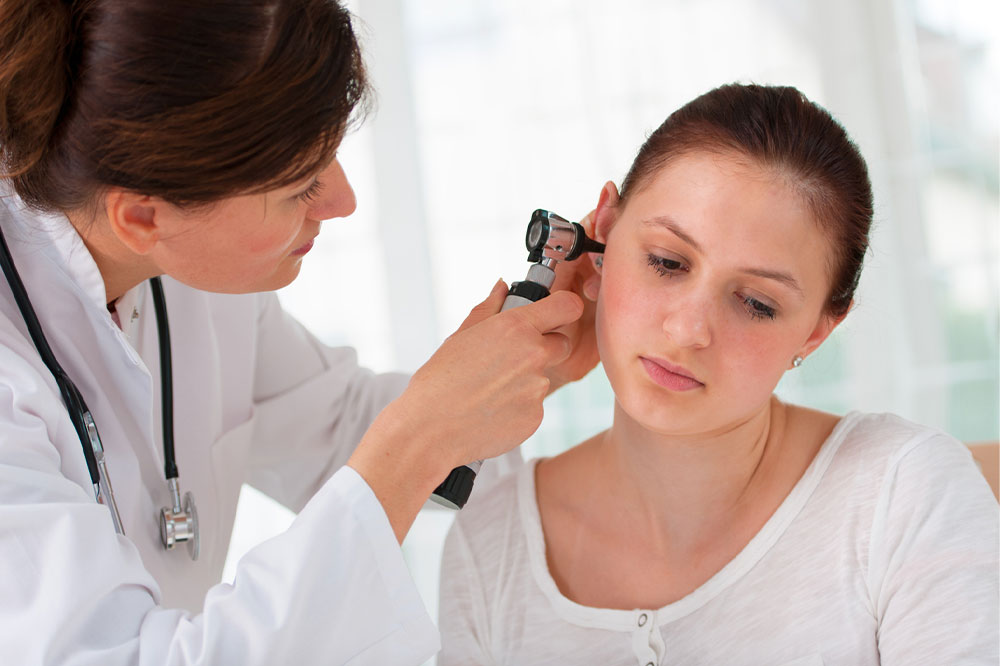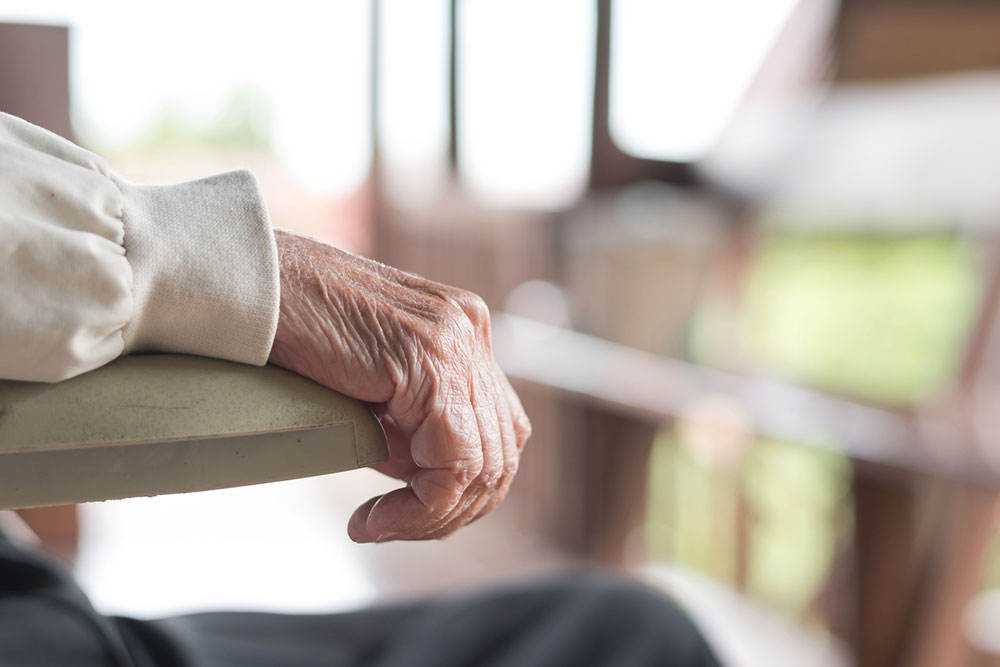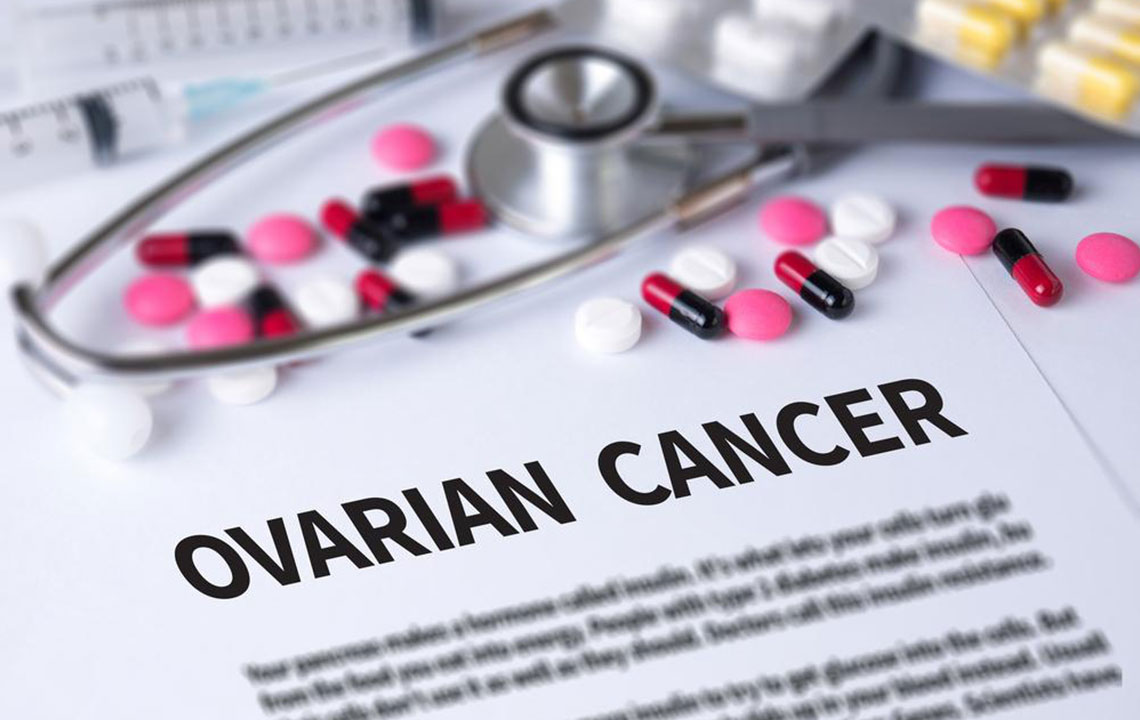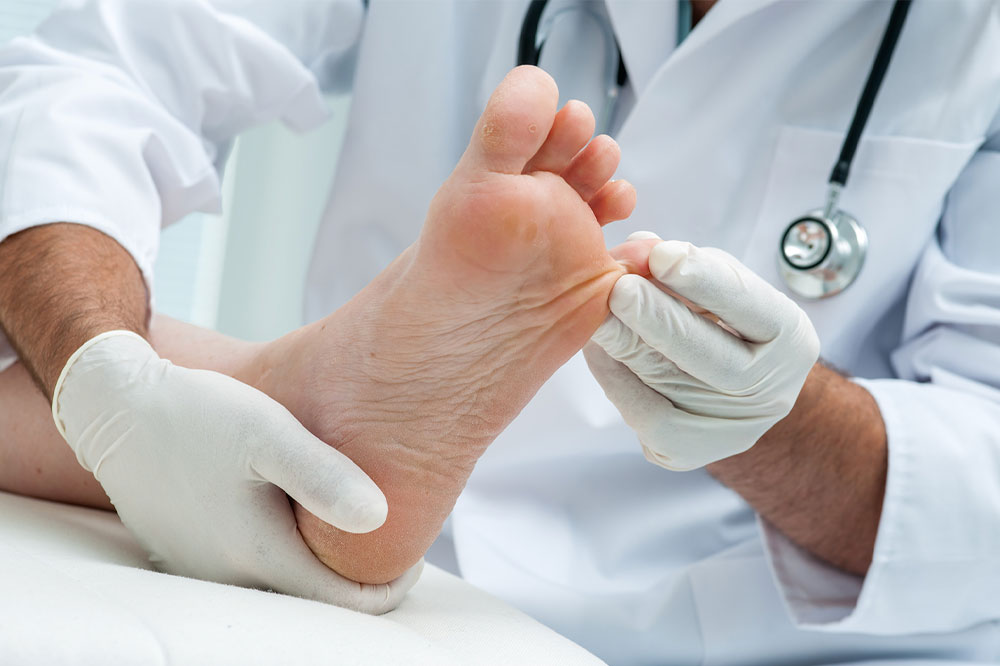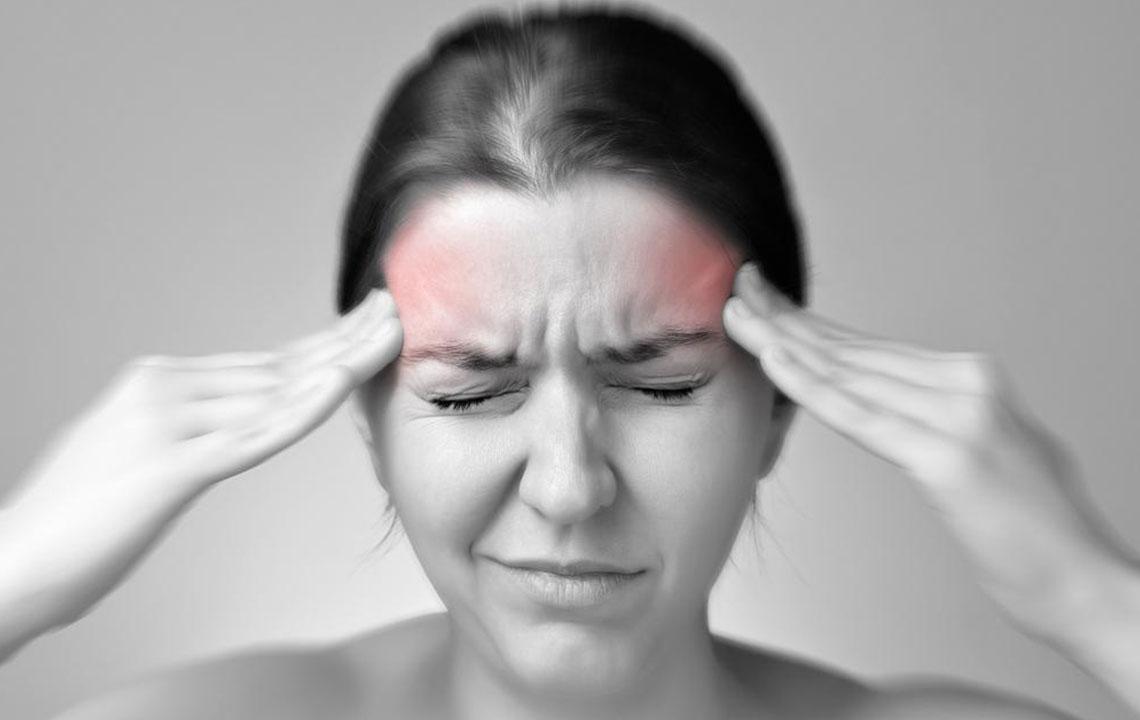Understanding Parkinson’s Disease: Symptoms, Diagnosis, and Treatment Approaches
This comprehensive guide covers Parkinson’s disease symptoms, diagnosis, treatment options including surgical and experimental therapies, and lifestyle management strategies to improve patients’ quality of life. It emphasizes the importance of professional medical consultation for effective management of this neurodegenerative disorder.
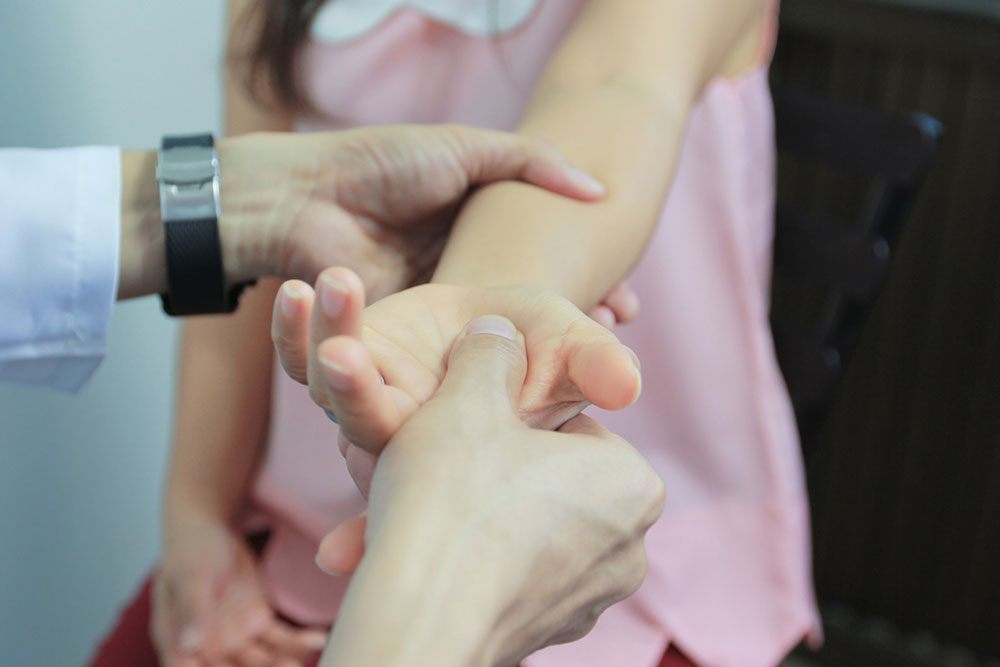
Understanding Parkinson’s Disease: Symptoms, Diagnosis, and Treatment Approaches
Parkinson’s disease (PD) is a progressive neurological disorder affecting movement and coordination. Typically emerging around age 60, it can also impact younger individuals. Although there’s no cure currently, medical advances have led to therapies and surgical options that help control symptoms and improve quality of life.
Identifying Symptoms and Early Warning Signs
Symptoms of PD vary among individuals, but common indicators include:
Slowness of movement (bradykinesia)
Resting tremors
Stiffness and muscle rigidity
Balance problems and shuffling gait
Reduced blinking and masked facial expressions
Drooling and swallowing difficulties
Changes in handwriting and voice volume
Low blood pressure when standing (orthostatic hypotension)
Gastrointestinal and urinary issues
Loss of sense of smell and sleep disturbances
Cognitive challenges, such as difficulty focusing
Diagnosis of Parkinson’s Disease
There are no definitive blood tests for PD diagnosis. Medical professionals rely mainly on clinical evaluation, neurological assessments, and a review of symptoms. In some cases, imaging techniques like SPECT scans (DaTscan), MRI, and blood tests are used to exclude other conditions and support a diagnosis.
Available Treatment Strategies
While there’s no cure for PD, several advanced treatments help manage symptoms effectively.
Deep Brain Stimulation (DBS)
In this surgical procedure, electrodes are implanted in specific brain regions like the subthalamic nucleus or globus pallidus. Guided by MRI and neurophysiological mapping, these electrodes are connected to a pacemaker-like device in the chest that delivers electrical impulses to reduce symptoms like tremors and rigidity.
The device is adjustable, allowing patients to control electrical stimulation, helping rebalance brain signals and improve motor functions.
Magnetic Resonance-Guided Focused Ultrasound (MRgFUS)
This minimally invasive approach uses MRI to direct ultrasound waves precisely at the brain areas responsible for tremors. The high-intensity ultrasound ablates this tissue, providing symptom relief.
Surgical Interventions
When PD symptoms become severe, surgery may be recommended. Procedures like stereotactic surgery target deep brain structures such as the thalamus, globus pallidus, or subthalamic nucleus to alleviate motor difficulties.
Pallidotomy
In milder cases, pallidotomy involves creating small lesions in the globus pallidus to improve movement control.
Thalamotomy
Effective for severe tremors, this procedure destroys part of the thalamus to reduce involuntary movements. It mainly addresses tremors without impacting other symptoms.
Emerging Treatments and Research
Researchers continually explore new options.
Stem Cell Therapy
Embryonic stem cells aim to replace damaged neurons and slow disease progression.
Neuron Repair Techniques
Focused on repairing or restoring neuron function to lessen symptoms.
Gene Therapy
Targeting specific genetic mutations linked to PD to modify disease course.
Additional Management Methods
Beyond medical treatments, lifestyle modifications can support management:
Eating fiber-rich foods, staying hydrated, and incorporating omega-3s.
Engaging in regular physical activity like walking, dancing, or stretching.
Working with physiotherapists, occupational therapists, and speech-language pathologists to improve mobility, daily functions, and speech.
Practicing fall prevention, such as careful turning and avoiding carrying heavy objects while walking.

